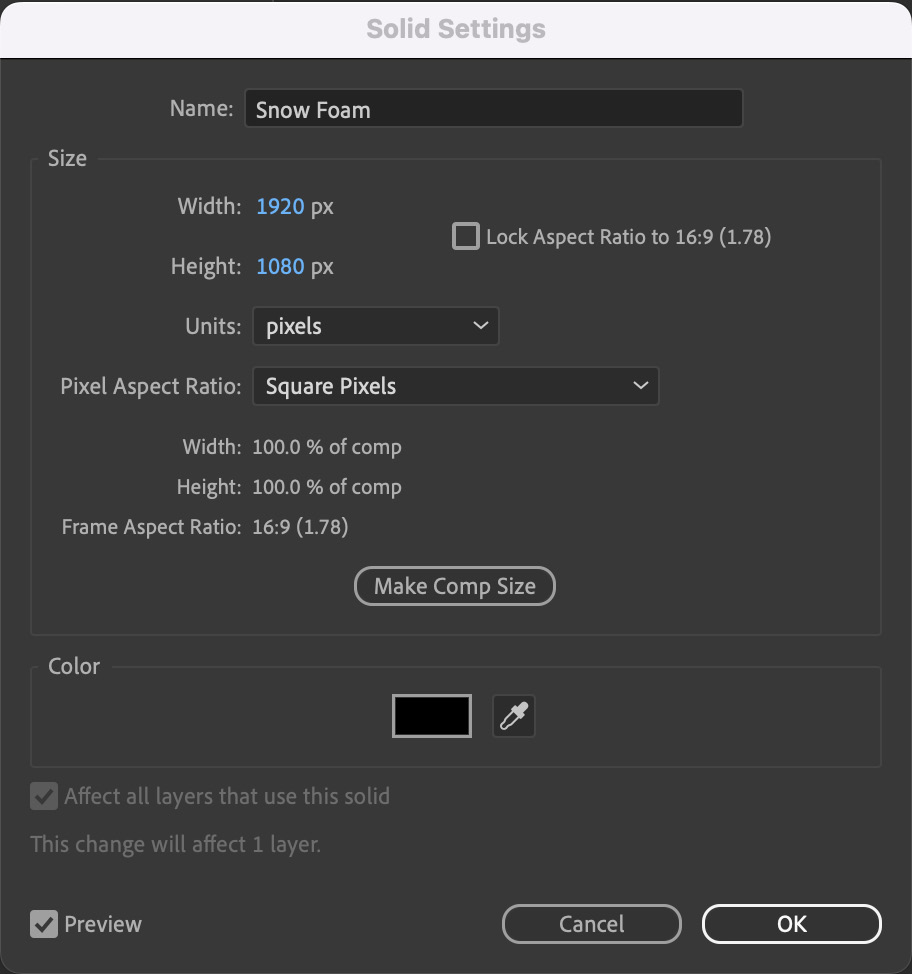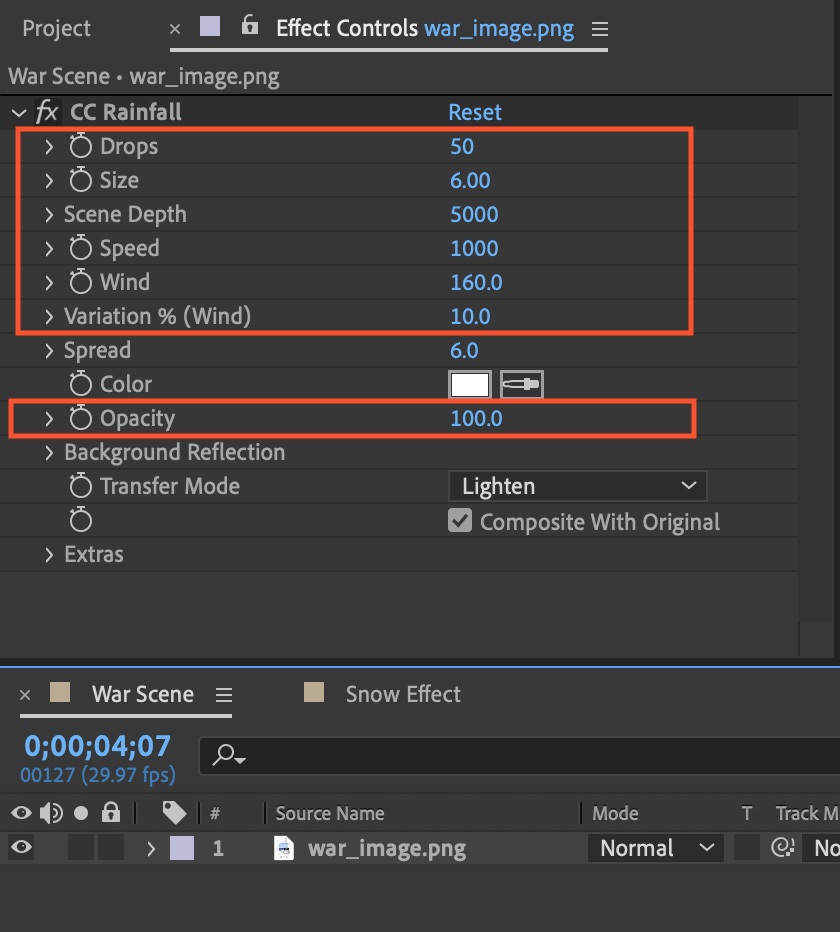Working with Particle Simulations
In this chapter, we will look into particle simulations. Particle simulations are a powerful visual effects technique used to create and add dynamic, captivating simulations to motion graphics and video projects.
Particle simulations involve the creation and manipulation of small, individual elements (particles) that collectively form complex simulations when animated and affected by various forces. These particles can represent anything from dust and debris to abstract shapes and objects. Particle simulations allow motion graphics artists and visual effects professionals to generate a wide range of effects, from natural phenomena such as rain, fire, and smoke to fantastical elements such as magical sparks or exploding text.
These are the main topics we’ll cover in the chapter:
- Working with the Foam effect
- Working with the Rainfall effect
- Working with CC Particle Systems II




